Содержание
- 2. Formal organizations large secondary groups organized to achieve their goals efficiently. operate in a deliberate way,
- 5. Industries and businesses are the most common types of utilitarian organizations. All employees and workers, but
- 6. (or voluntary organizations) Participants are controlled by the norms and values of the organization. Normative Organizations
- 7. A coercive organization uses force to control those at the bottom of the structure.
- 8. A total institution is an organization that is cut off from the rest of society, forming
- 9. All of these types of organizations, especially as they grow in population size, tend to become
- 16. CHARACTERISTICS OF BUREAUCRACY Max Weber (1978; orig. 1921) Specialization. Hierarchy of offices. Rules and regulations. Technical
- 17. A bureaucracy is an organization with a special set of characteristics: A division of labor among
- 19. Authority refers to "legitimate" power; all forms of government operate as a form of authority in
- 20. Charisma is the extraordinary, sometimes supernatural, qualities of a person. Charisma is derived more from the
- 21. In a system of rational-legal authority, leaders are legitimized by the rule of law. They derive
- 22. The Realities of bureaucracy 1. The Impersonal Treatment of Clients.
- 23. The Realities of bureaucracy 2. Paperwork and Red Tape. 3. Rules and Regulations. The following account
- 24. The Realities of bureaucracy 4. The Bureaucratic Personality
- 25. 5.The Informal System. The Realities of bureaucracy
- 26. The tendency toward Oligarchy An oligarchy is characterized by a small group of people at the
- 27. Conflict in Organizations Conflict between individuals or groups within organizations is pervasive because individuals have incompatible
- 28. Can Bureaucracy Be Eliminated? Most contemporary observers think that the clock cannot be turned back. "As
- 29. Institutions are a set of groups and organizations with norms and values that center around the
- 30. Society A society is a population living in a given territory, with a social structure, and
- 31. Societies are most commonly described in terms of their economic systems. The long history of human
- 32. Industrial societies are those in which the predominant economic activity is the production of manufactured goods.
- 33. The postindustrial society describes a society that was formerly industrial but is now primarily engaged in
- 34. A Sociological Classification of Societies The relationships between people are different in modern societies than in
- 35. Gemeinschaft societies are characterized by very personal face-to-face relationships such as those that exist in families,
- 37. Скачать презентацию



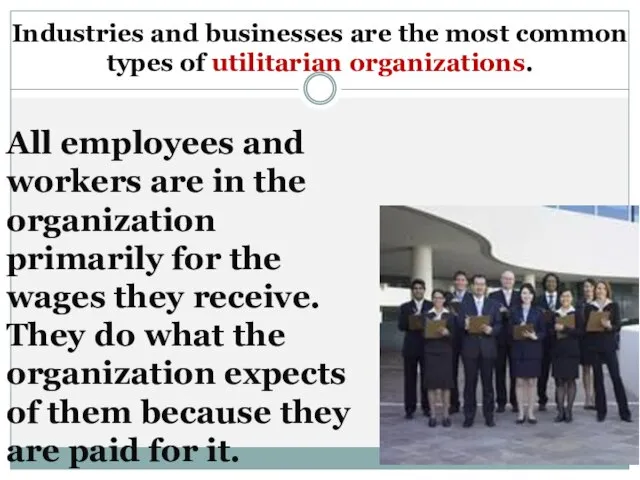
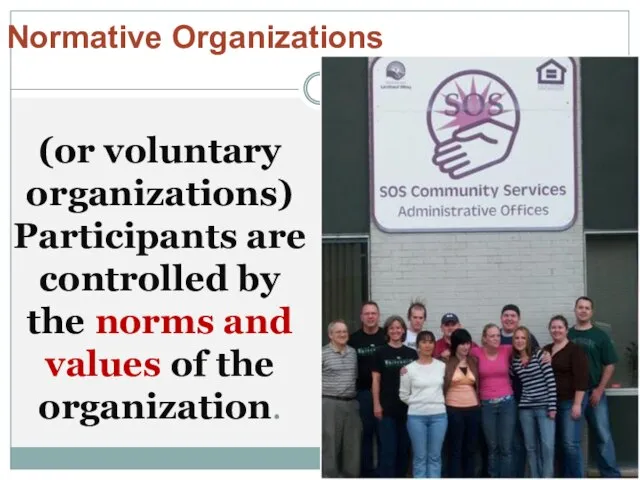

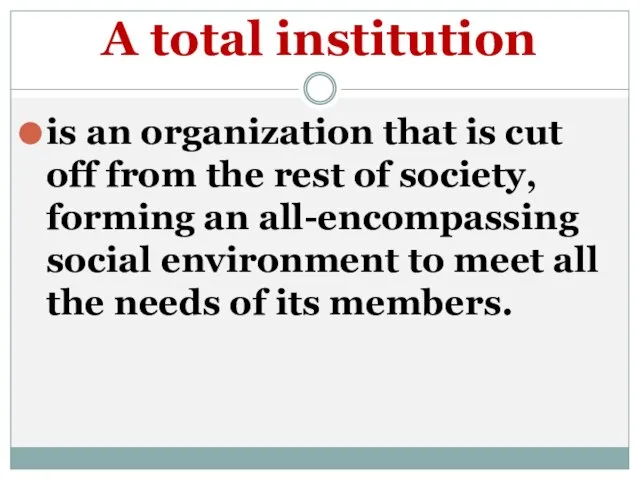
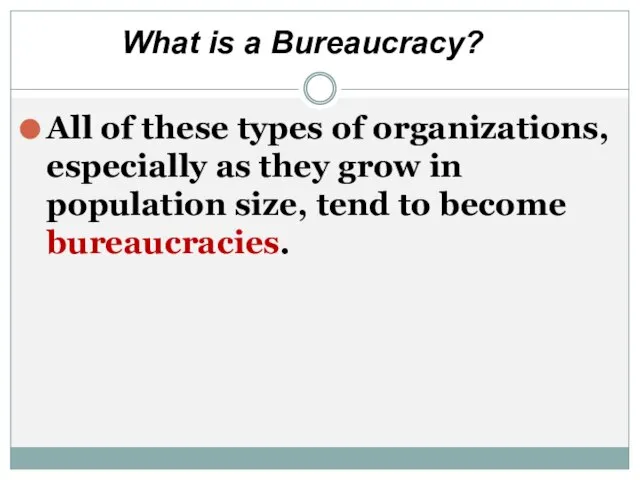






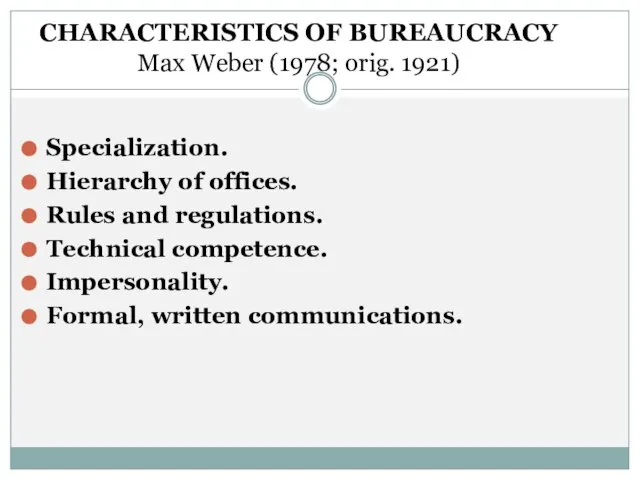
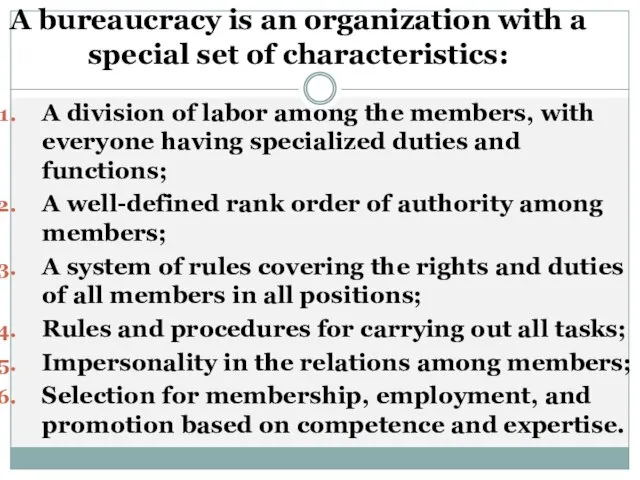
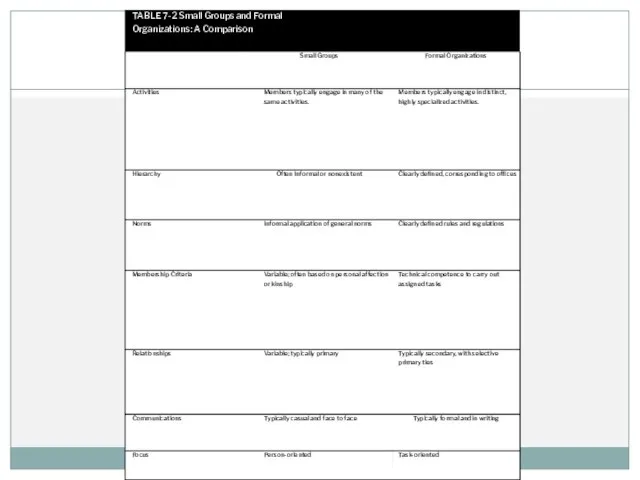
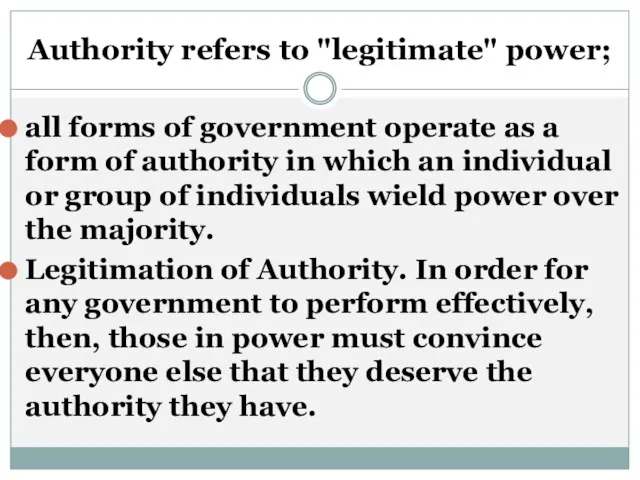
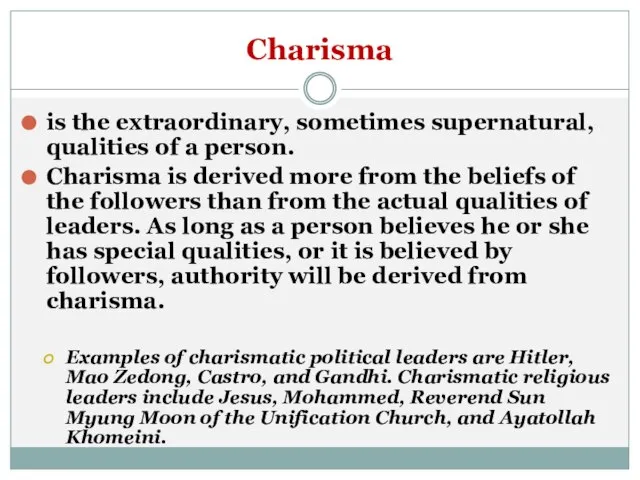
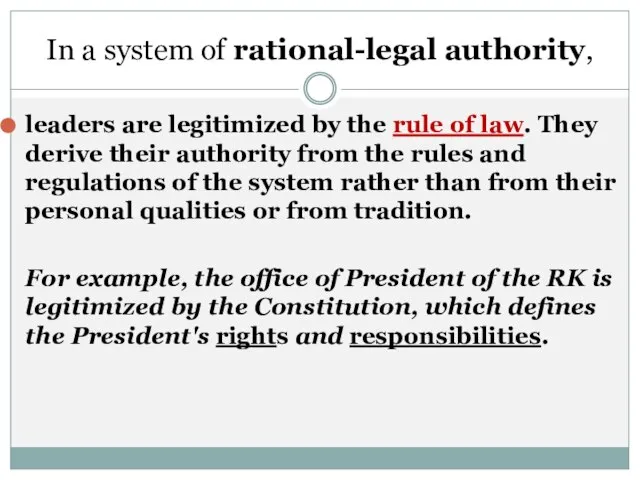
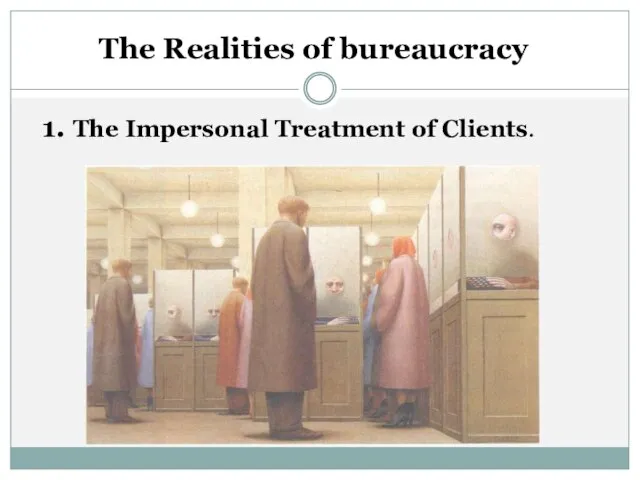

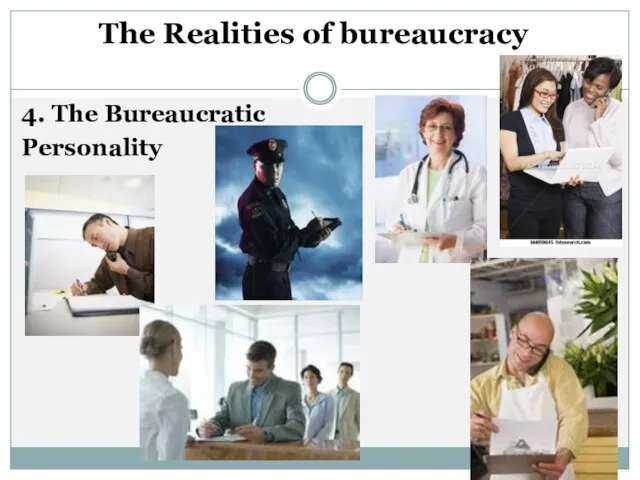
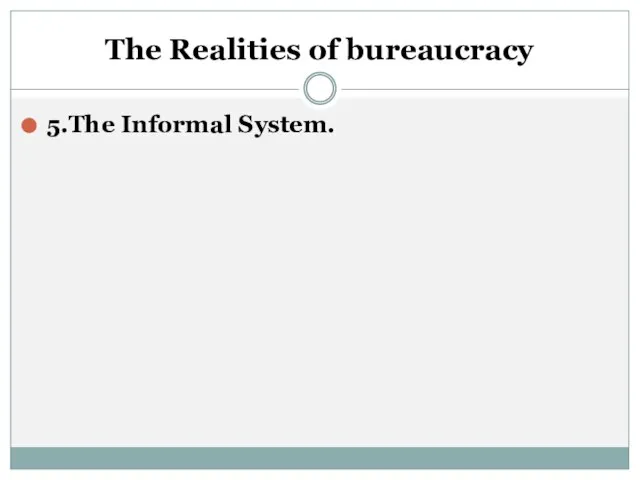
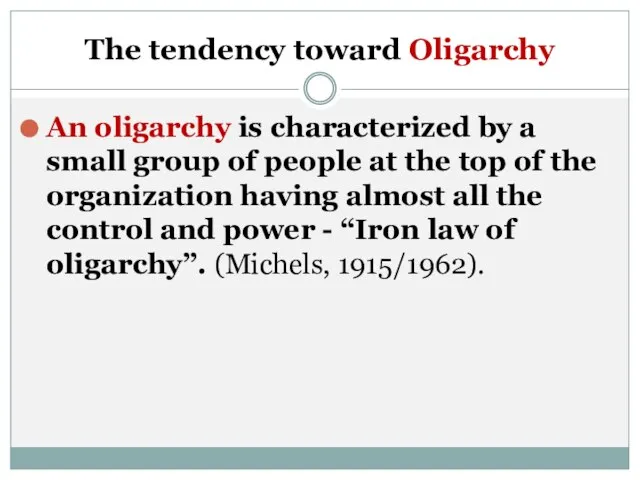
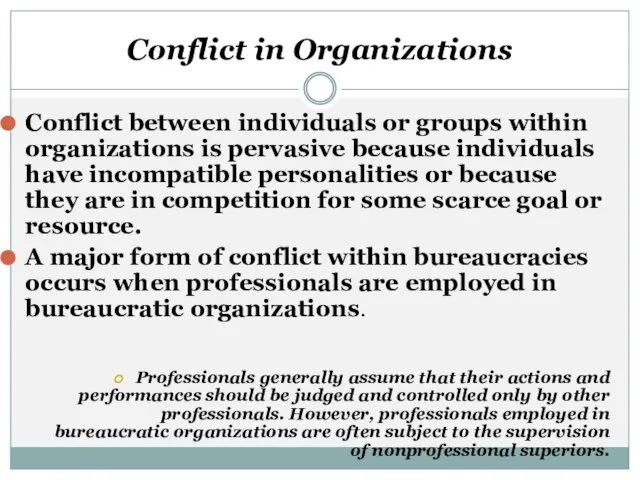
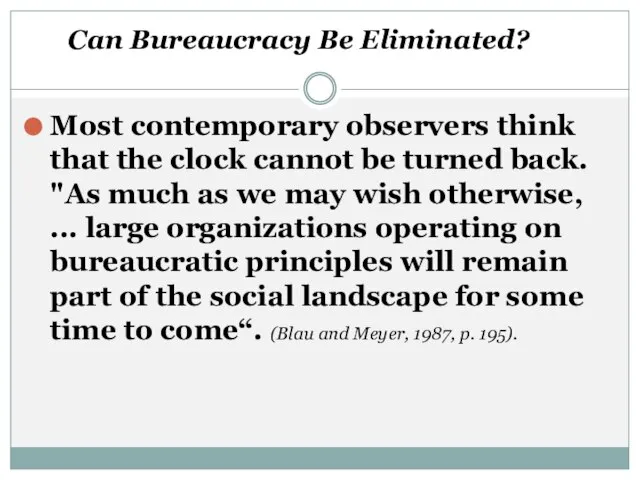
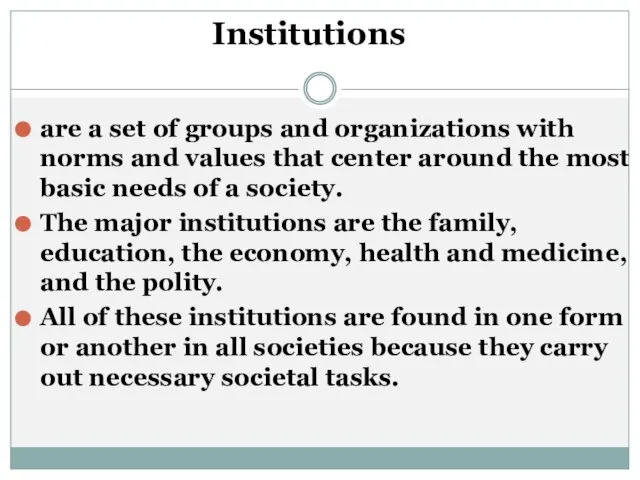
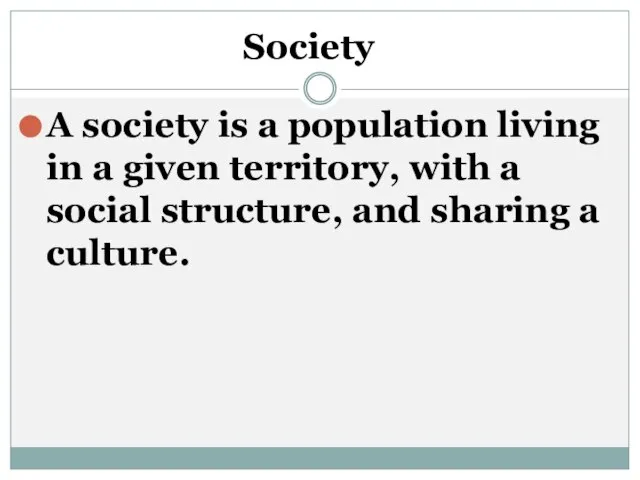
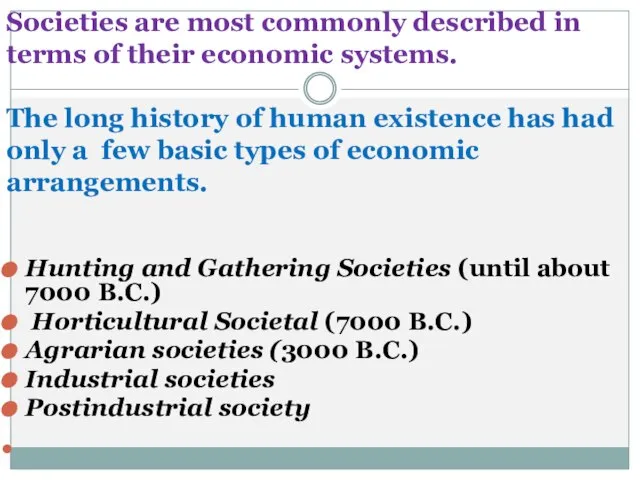
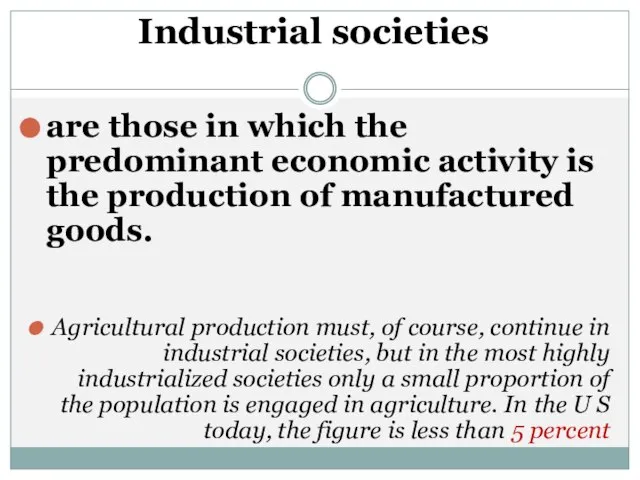
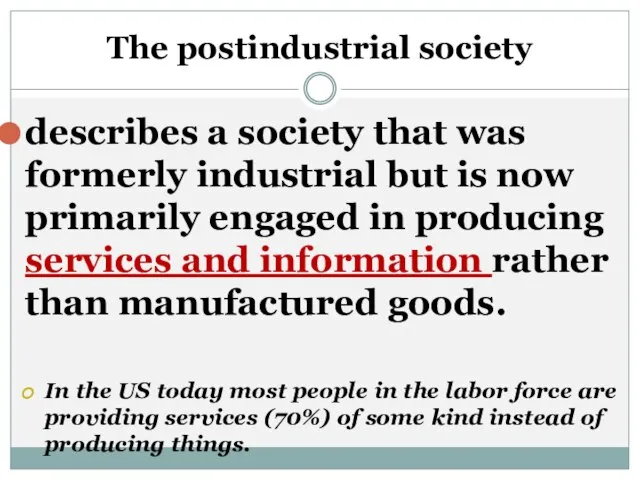
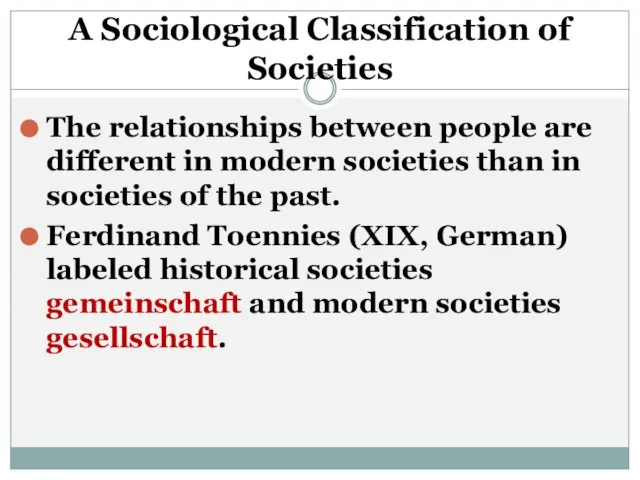
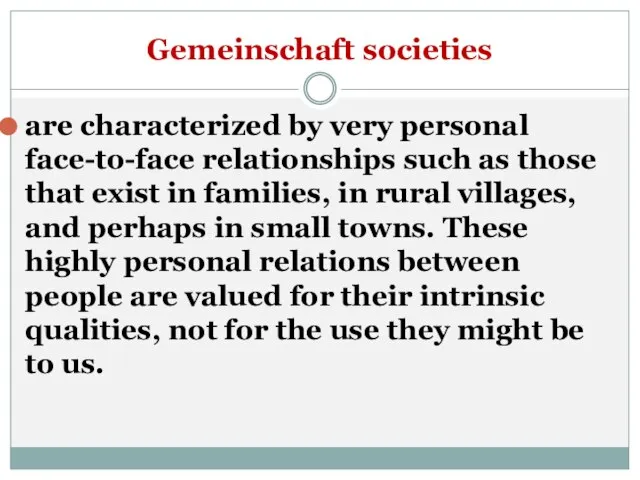
 Собрание пройдет в очном и дистанционном форматах
Собрание пройдет в очном и дистанционном форматах Презентация на тему Взаимоотношения между организмами
Презентация на тему Взаимоотношения между организмами Особенности развития индустрии информационных технологий. Взгляд изнутри.
Особенности развития индустрии информационных технологий. Взгляд изнутри. Поэзия Н. Клюева
Поэзия Н. Клюева Организация обслуживания в железнодорожном транспорте
Организация обслуживания в железнодорожном транспорте Форматирование
Форматирование Мы – дети природы
Мы – дети природы Дозиметр
Дозиметр Нарисуй любимых домашних животных
Нарисуй любимых домашних животных МОРФОФУНКЦИОНАЛЬНЫЕ ОСОБЕННОСТИ УЧАЩИХСЯ ГОРОДСКИХ ОБЩЕОБРАЗОВАТЕЛЬНЫХ УЧРЕЖДЕНИЙ
МОРФОФУНКЦИОНАЛЬНЫЕ ОСОБЕННОСТИ УЧАЩИХСЯ ГОРОДСКИХ ОБЩЕОБРАЗОВАТЕЛЬНЫХ УЧРЕЖДЕНИЙ Жизнь и творчество Виктора Драгунского
Жизнь и творчество Виктора Драгунского Законные права
Законные права Comment on Edmund Phelps
Comment on Edmund Phelps Динамика точки
Динамика точки Mana izpratne par skaisto
Mana izpratne par skaisto Лекция 4 (1)
Лекция 4 (1) Детская организация«Маленькая страна»
Детская организация«Маленькая страна» Л.1 Матрицы.Определители. КСВ
Л.1 Матрицы.Определители. КСВ Муниципальные реформы
Муниципальные реформы SCHETELIG - KONSERNI
SCHETELIG - KONSERNI Блок-схема подбора и отбора кандидатов
Блок-схема подбора и отбора кандидатов Виртуальная экскурсия
Виртуальная экскурсия Дистанционное образование в России
Дистанционное образование в России ИСТОРИЯ
ИСТОРИЯ Jack London 1876 -1916
Jack London 1876 -1916 Трудовое право. Задания для выполнения
Трудовое право. Задания для выполнения Математический вечер для старшеклассников
Математический вечер для старшеклассников Устройство компьютера
Устройство компьютера